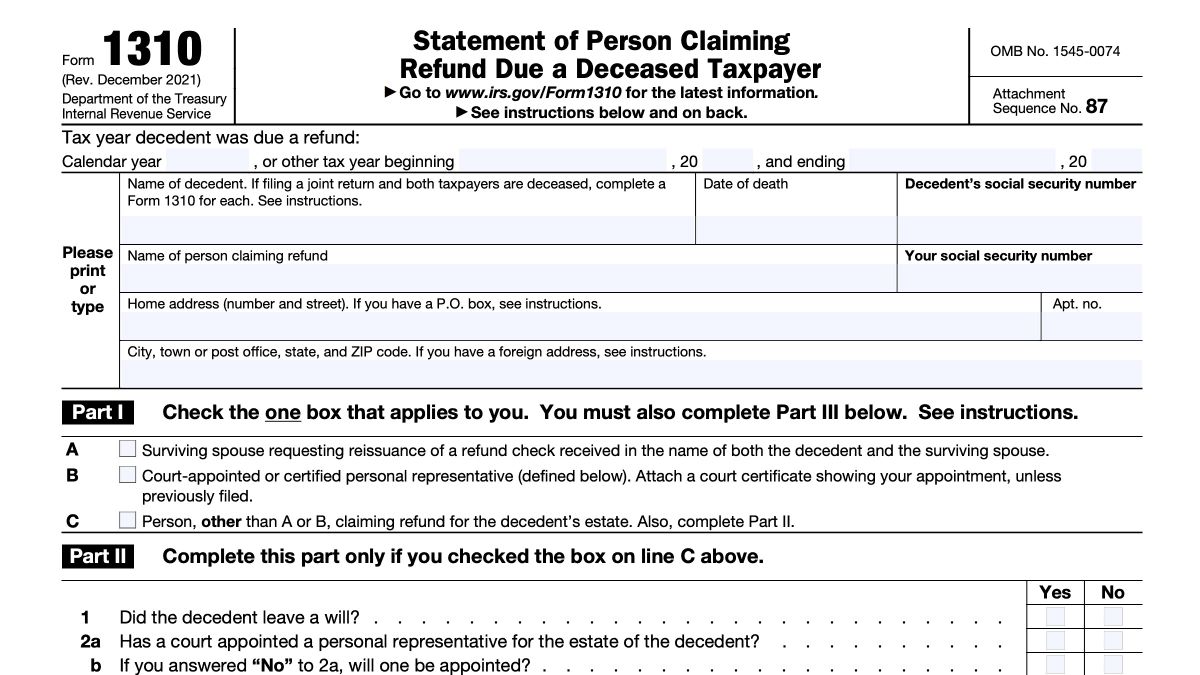

Finance
Capital Requirements: Definition And Examples
Published: October 23, 2023
Learn the definition and examples of capital requirements in finance. Understand how capital is essential for businesses and their financial stability.
(Many of the links in this article redirect to a specific reviewed product. Your purchase of these products through affiliate links helps to generate commission for LiveWell, at no extra cost. Learn more)
Understanding Capital Requirements in Finance
When it comes to managing your finances, having a good understanding of capital requirements is essential. But what exactly are capital requirements, and why are they important? In this guide, we’ll define capital requirements and provide examples to help you grasp this concept with ease.
Key Takeaways:
- Capital requirements refer to the minimum amount of funds that financial institutions and other businesses must maintain in order to mitigate risk and ensure financial stability.
- These requirements are set by regulatory bodies such as central banks or government agencies, and are typically based on factors like the size of the institution and the level of risk it carries.
What are Capital Requirements?
Capital requirements, in simple terms, are the minimum amount of capital that financial institutions and other businesses must have to support their operations. These requirements are put in place to ensure that businesses have enough financial resources to absorb unexpected losses and maintain stability, protecting both the company and its customers.
Regulatory bodies, such as central banks or government agencies, set these requirements to prevent insolvency and reduce the risk of financial crises. By establishing capital requirements, these authorities aim to safeguard the overall stability of the financial system and protect consumers from potential losses.
Capital requirements are typically calculated as a percentage of a company’s risk-weighted assets. Risk-weighted assets take into account the level of risk associated with different types of investments or loans, with higher risk assets requiring a larger capital buffer.
Examples of Capital Requirements
Let’s explore two common examples of capital requirements in the financial industry:
- Basel III Capital Requirements: Basel III is a set of regulatory standards established by the Basel Committee on Banking Supervision. These requirements were introduced as a response to the global financial crisis of 2008, with the goal of strengthening the resilience of the banking sector. Basel III imposes stricter capital requirements on banks, including higher capital ratios and additional buffers for systemic risk.
- Solvency Capital Requirement (SCR): Solvency Capital Requirement is a term used in the insurance industry. It refers to the minimum amount of capital that insurance companies must maintain to ensure solvency and meet their obligations to policyholders. The SCR is calculated based on factors such as the insurance company’s underwriting risk, market risk, credit risk, and operational risk.
These are just two examples, but capital requirements exist in various forms across different sectors of the finance industry.
In Summary
Capital requirements are integral to maintaining financial stability and mitigating risks in the finance industry. Regulatory bodies establish these requirements as a means of ensuring companies have enough capital to absorb losses and protect their customers. Remember, understanding capital requirements is crucial for anyone looking to navigate the complex world of finance.














